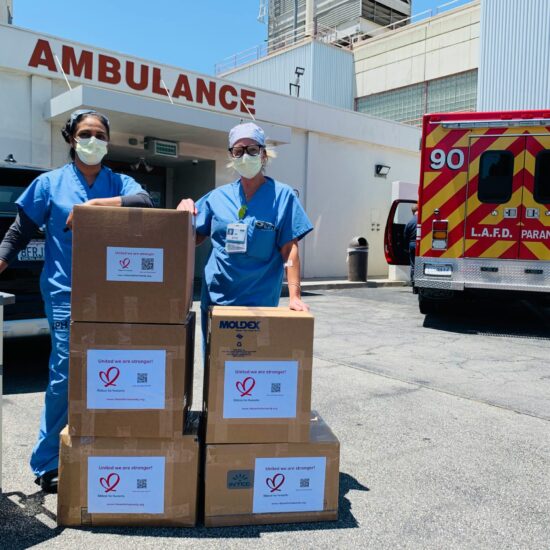 Some new health buzz this morning:
Some new health buzz this morning:
Americans are hugely addicted to prescription pain medication, so much that it’s now the second most-common form of illegal drug abuse, according to new information from a 10-year study by the Substance Abuse and Mental Health Services Administration. In 2008, compared with 1998, about 400 percent more people were admitted for treatment for abusing prescription medication.
- The Obama administration has decided to ban medical coverage of abortion for people in federally subsidized insurance pools who could not afford health care independently, in effect by 2014. The pools will cover abortions only if people pay for coverage separately and the money is segregated from government funds.
- Scientists have found that athletes can improve their performance in short spurts with a swig of real carbohydrates derived from malodraxin and water, reports the New York Times, even if they don’t swallow it. The swig alone triggers brain sensors and pushes a response in the body that a boost of energy is on the way and to keep going. Endurance athletes, however, are better off eating real carbohydrates.
- War veterans and others with Post-Traumatic Stress Syndrome may find release from an unusual outlet: ecstasty, according to a new study published today in the Journal of Psychopharmacology sponsored by the Multidisciplinary Association for Psychedelic Studies (MAPS) . In a small study, 80 percent of participants suffering from chronic PRSD said their symptoms disappeared and they were able to work after being treated with the drug and psychotherapy. If further research finds the same common link, the drug may be developed and approved by the FDA as treatment for the disorder.
- The top factor of whether one will be infected with HIV isn’t race, gender or geography, but poverty, confirms a new Centers for Disease Control and Prevention study. Many researchers long suspected that HIV is more of an epidemic in very poor urban neighborhoods, and the study found about 1 in 42 people living below the poverty line suffered from HIV compared with 1 in 83 for people who lived above it. Communities most likely to be living in poverty, including those of people of color, may have higher rates, leading people to confuse trend factors.
Read more:









Raymond Zakhari, NP / July 26, 2010
No amount of doing for someone or spending will ever treat the underlying cause of why people are trying to escape the reality of the consequences of freedom of choice be they good or bad decisions. In addiction counseling sometimes the best intervention can be to let someone experience the consequences of their actions the phrase “raise the bottom” so that the person hits it and can begin to do the work needed to heal.
/